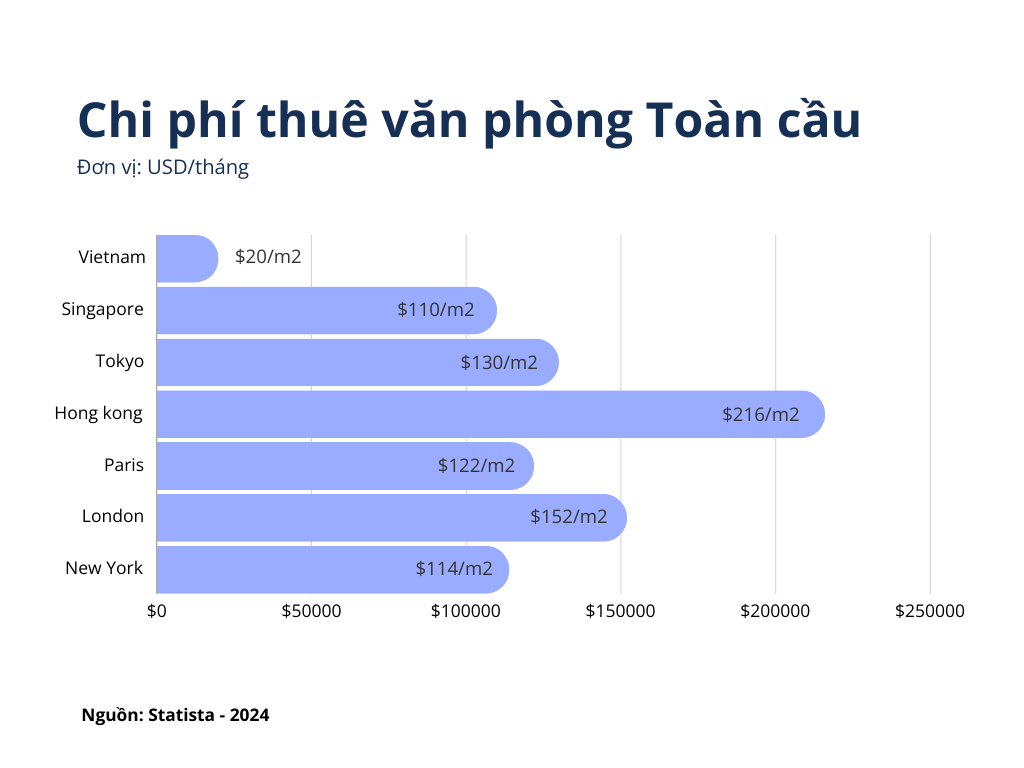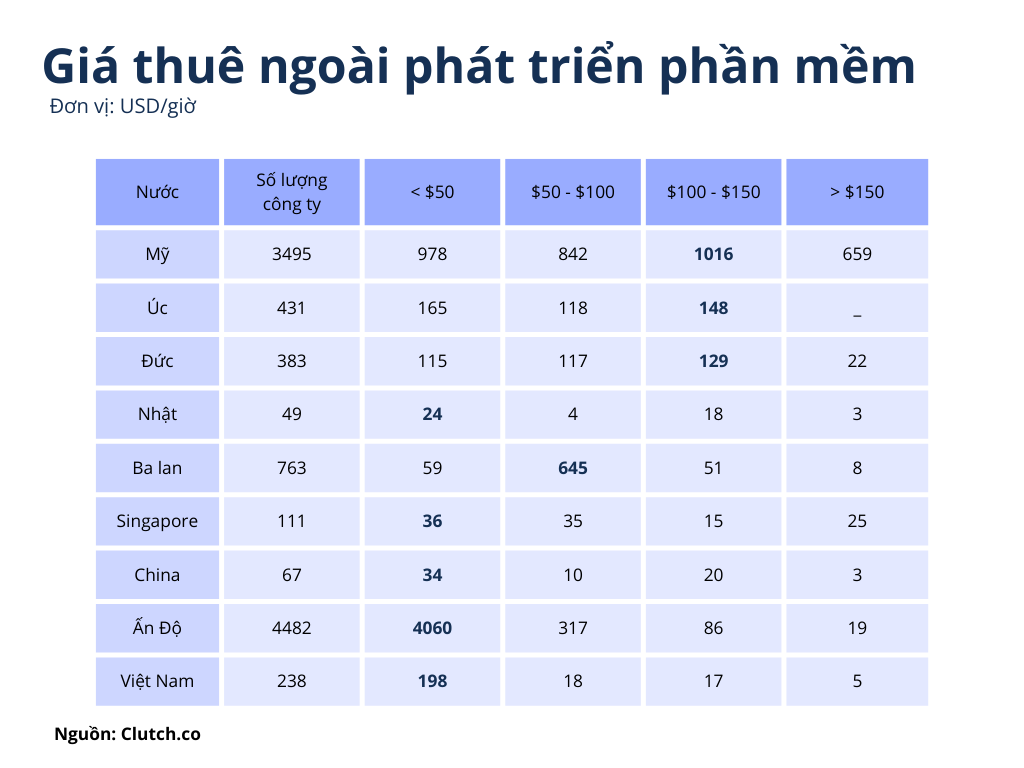In the realm of business decision-making, financial considerations hold significant sway, guiding choices ranging from recruitment strategies to market expansion initiatives. Indeed, the success or failure of a business is frequently gauged by its market capitalization.
Given this context, it is unsurprising that business leaders are constantly seeking methods to bolster revenues while simultaneously reducing operational costs. This quest for efficiency underscores the importance of outsourcing.
Outsourcing, in essence, entails enlisting external software development services to manage various projects. This approach not only serves to curtail software development expenses but also streamlines processes, saves time, and facilitates access to global talent. While the benefits of outsourcing are multifaceted, cost reduction emerges as a primary driver, constituting approximately 70% of the rationale, as indicated by a 2020 global survey on software outsourcing..
Is software outsourcing truly cost-effective?
To ascertain the answer, it is imperative to conduct a comprehensive comparison between the total cost implications of establishing an in-house development team versus engaging a software outsourcing company.
Cost of in-house software development
Office space
When embarking on in-house software development initiatives, one must factor in the requisite office space. Prior to commencing recruitment efforts, adequate preparation of office facilities for prospective employees becomes paramount. In the United States, the average cost of office space spans a range of $8 to $23 per square foot, translating to an average total expense of $11,200 to $32,200 per office. It’s worth noting that these figures are subject to geographical disparities, with cities like New York, Tokyo, and London commanding higher rates as the most expensive locales.
In addition to provisioning working equipment, considerations must extend to amenities such as kitchen facilities, recreational areas, meeting rooms, and parking accommodations. While such provisions may entail additional costs, they are instrumental in cultivating a conducive work environment for employees.
One potential avenue for mitigating office space expenses involves exploring shared workspaces with other businesses. However, it is essential to recognize that this approach may introduce information security risks that warrant careful consideration.

Hardware & software infrastructure
Following the allocation of sufficient office space, the subsequent imperative is to invest in an appropriate hardware and software infrastructure conducive to productive work environments. This entails procuring essential equipment such as computers and servers, alongside the installation of requisite office software including operating systems, collaboration tools, and project management software.
Moreover, substantial consideration must be directed towards covering office utility expenses encompassing electricity, water, and office supplies. Regular maintenance of machinery and equipment systems is indispensable to ensure their stable operation, necessitating periodic updates or replacements following several years of usage.
In instances where companies seek to optimize resource allocation to accommodate substantial workloads, adoption of advanced solutions like cloud computing presents an additional avenue entailing significant costs.
Consequently, costs associated with technology infrastructure are inevitable and warrant meticulous budgetary planning from the outset to ascertain investment efficiency.
Recruitment Expenses
Subsequently, recruitment expenses represent a significant portion of overall costs. These expenses encompass various aspects, including recruitment fees, salaries, taxes, insurance, and fringe benefits.
In regions such as Germany, the US, or the UK, average recruitment expenses typically range between $4,129 and $5,732 per employee.
According to a study conducted by UHY, the global average recruitment cost currently approximates 25% of an employee’s salary. However, it’s important to note that these costs may vary considerably based on geographic location, with Europe often exhibiting the highest costs, while regions like Canada, Denmark, India, and Vietnam tend to have lower expenses.

Onboarding, training, career development
Onboarding, training, and career development constitute essential components of human resource management and organizational growth.
For small to medium-sized businesses, the average cost of an onboarding process typically amounts to $400 per employee. This encompasses various expenses, including recruitment advertising fees across online platforms, newspapers, or professional recruitment services. Additionally, the cost of employee time invested in the recruitment process, such as drafting job postings, screening resumes, and conducting interviews, must be factored in.
Subsequent to onboarding, training becomes imperative to ensure employees operate effectively within the organization’s work environment. Training expenses encompass course fees, coaching fees, and the cost of staff time allocated to training activities.
if you want to retain your employees for a long time, Career development is an opportunity for employees to develop their skills and progress further in their career. This entails providing avenues for mentorship, access to courses, and further training to enhance employees’ skills and career progression. However, facilitating career development often incurs additional costs, particularly in terms of salary increments and bonuses for employees with advanced qualifications and technical expertise
Expenditure and Financial Risk
In the realm of software development expenditures, the financial outlay extends beyond compensating for the actual work performed and encompasses factors such as employee hours dedicated to the company. For instance, within project workflows, there are phases wherein senior staff or engineers may experience idle periods due to waiting for necessary resources or input from colleagues, thereby impeding efficient utilization of their time.
Moreover, the occurrence of layoffs can present challenges. In certain jurisdictions, mandated notification periods can extend over several months, as dictated by regulatory frameworks. Consequently, businesses may find themselves obligated to continue remunerating employees who are no longer actively contributing, thus incurring avoidable costs.
Cost Considerations in Software Development Outsourcing
Software development outsourcing presents a viable avenue for cost savings and enhanced flexibility. With this approach, concerns regarding salaries, benefits, and office maintenance are alleviated, as payment is structured based on the work performed.
Payment Models: Flexibility and Transparency
Outsourcing firms typically offer two primary payment models: the Fixed Price Model and the Time and Materials Model.
Fixed Price Model: Under this model, payment is structured around predefined project milestones or is divided into two parts, with distinct percentages allocated before and after project completion. This model is well-suited for projects characterized by straightforward processes and clearly defined requirements.
Time and Materials Model: This model enables payment based on the time and resources expended during development. It is particularly advantageous when flexibility is required to accommodate changes throughout the development process or when accurately gauging project scope proves challenging.
So how much does it cost?
In the global software outsourcing market, pricing for software developers’ hourly wages or fixed project rates varies significantly and is not standardized. Each company sets its own pricing structures, leading to a wide range of prices even in renowned outsourcing destinations like India and Vietnam. This variability stems from diverse economic factors, including varying wages and costs of living across different countries. Consequently, prices are subject to fluctuation in response to prevailing macroeconomic and microeconomic conditions.

Currently, there is a noticeable upward trend in software developers’ salaries in countries such as the US, Australia, and Germany, intensifying competition for top talent.
In Vietnam’s software outsourcing market, costs are typically lower compared to developed countries like the US and European nations.
On average: Hourly rates are under $25 USD.
Compared to the US, rates range from about $60 to $100 USD per hour.
Compared to Europe, rates range from about $40 to $80 USD per hour.
Thus, leveraging software development outsourcing to Vietnam presents an opportunity for businesses to achieve significant cost savings while maintaining quality standards within the industry.
Conclusion
In conclusion, software development can be approached through two primary methods: establishing an internal development team within your organization or partnering with a reputable software development company specializing in your business domain. Each approach carries its own set of costs, and there is no universally applicable solution. The decision should be made based on the unique circumstances of each business. This underscores the significance of conducting thorough analysis and selecting the most suitable, cost-effective, and efficient software development model for the business.
